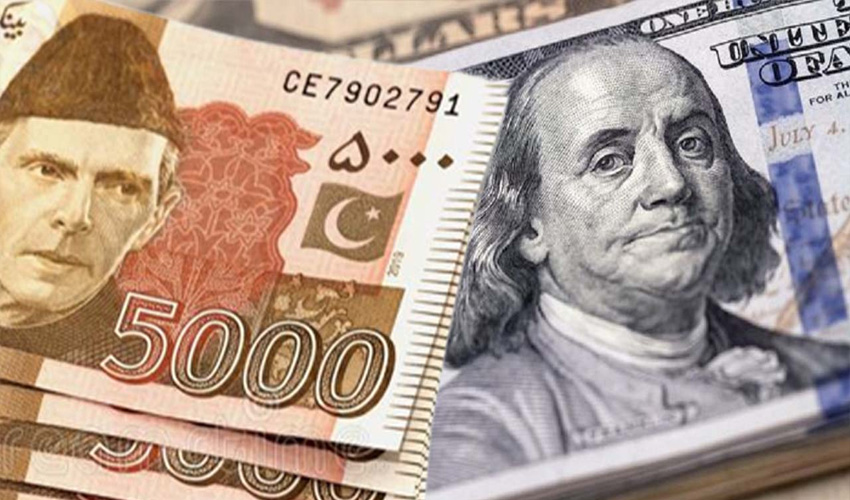Islamabad, May 7, 2025: The Pakistani Rupee (PKR) continued its downward slide for the fourth straight session, ending the day weaker against the US Dollar (USD) in the interbank market.
After starting trade at 282, the local currency hovered between 281 and 283 for most of the day before settling at 281.47 by market close.
This persistent pressure on the rupee reflects growing economic concerns, including external debt repayments and a widening trade deficit, which continue to weigh on Pakistan’s foreign exchange reserves.
In percentage terms, the rupee slipped by 0.04% on a day-to-day basis, shedding another 10 paisas against the greenback.
This brings the currency’s fiscal year-to-date (FYTD) depreciation to 1.12% against the dollar—a worrying trend as import costs rise and inflationary pressure builds.
Meanwhile, the open market echoed similar weakness, where the PKR remained between 282 and 284 against the USD, indicating limited arbitrage opportunities and tighter liquidity in the forex landscape.
Widespread Losses Against Major Currencies
The rupee’s decline wasn’t limited to the US dollar alone. It also registered losses against a basket of major global currencies:
- UAE Dirham (AED): Down by 2 paisas
- Saudi Riyal (SAR): Down by 2 paisas
- Canadian Dollar (CAD): Dropped 56 paisas
- Australian Dollar (AUD): Fell by 81 paisas
- Euro (EUR): Lost 46 paisas
- British Pound (GBP): Took a hit of Rs. 1.03
Currency experts attribute the broad-based depreciation to limited dollar inflows, ongoing uncertainty over IMF negotiations, and seasonal demand for foreign currency from importers.
Analysts suggest the rupee may continue to face volatility in the coming days, especially if Pakistan fails to stabilize its forex reserves or announce favorable economic reforms.
Read More: India Closes Kartarpur Corridor, Blocking Access for Sikh Pilgrims
“Unless we see meaningful improvement in the current account and investor confidence, the PKR will remain under pressure,” said a Karachi-based currency dealer.
For consumers, this continued depreciation means higher prices on imported goods, fuel, and even essential commodities. For businesses, especially import-dependent sectors, the cost of operations may increase substantially.









